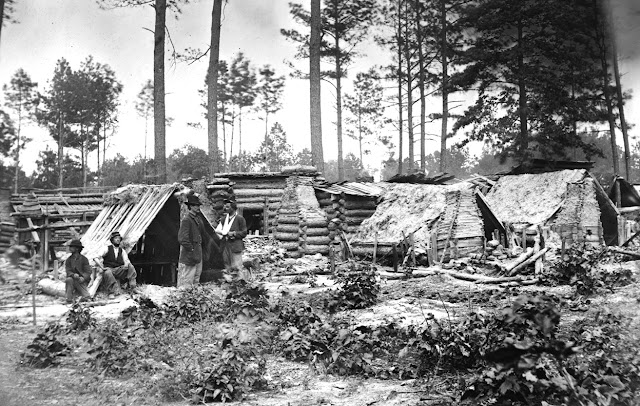William S. Connery's Civil War: Northern Virginia, 1861, offers interesting and enlightening stories in three crucial Confederate counties. Loudoun County with Leesburg, Fairfax County with Arlington and Alexandria and Prince William County with Manassas have a remarkable Civil War history. Within a horseback ride from Washington, D.C. these three counties contained both Confederate patriots and Union loyalists. Appropriately, Connery begins with an event July 4 1860 in Occoquan, Prince William County.
A rally of Unionists celebrated the nomination of Lincoln; citizens of Fairfax County muster the militia, asked the governor for permission to suppress the flagpole with its Republican presidential campaign flag. Connery highlights the characters who will be heard from again, such as James Jackson, a proprietor of an Alexandria hotel in which he and Elmer Ellsworth will die within a few months.
Stories include: Lee at Arlington, the seizure of Alexandria, and the fate of Washington's Mount Vernon estate. Civil War firsts are introduced: first Confederate wounded and first killed in combat, the first destruction of a troop train, the first balloon reconnaissance, and the first exclusively military railroad. Battles are not neglected: Manassas, Ball's Bluff and Dranesville. The Potomac River blockade, the first exchange of cannon fire between Union navy gunboats and Confederate shore batteries at Battle of Aquia Creek are well described. Connery frequently offers the incidents in the participants own words such as Barksdale's [Mississippi] and Deven's [Massachusetts] official reports the fight at Ball's Bluff.
Connery has recently received recognition from the United Daughters of the Confederacy for his study, research, writing and public speaking and preservation of Confederate history. Civil War: Northern Virginia, 1861 is accessible to high school readers and will be enjoyable for all history enthusiasts.







